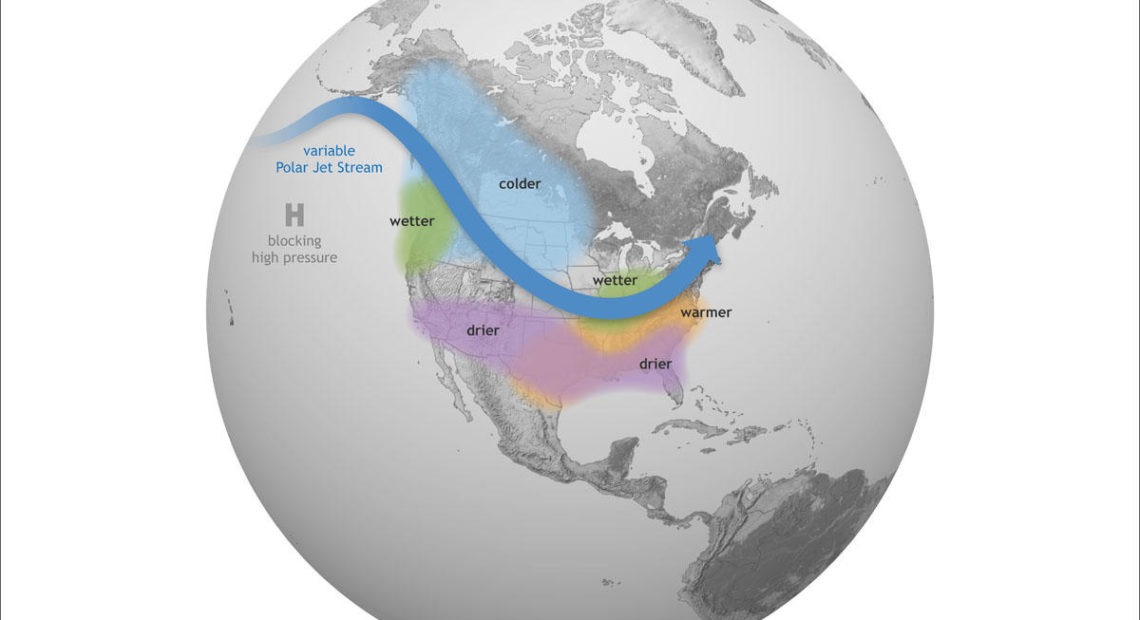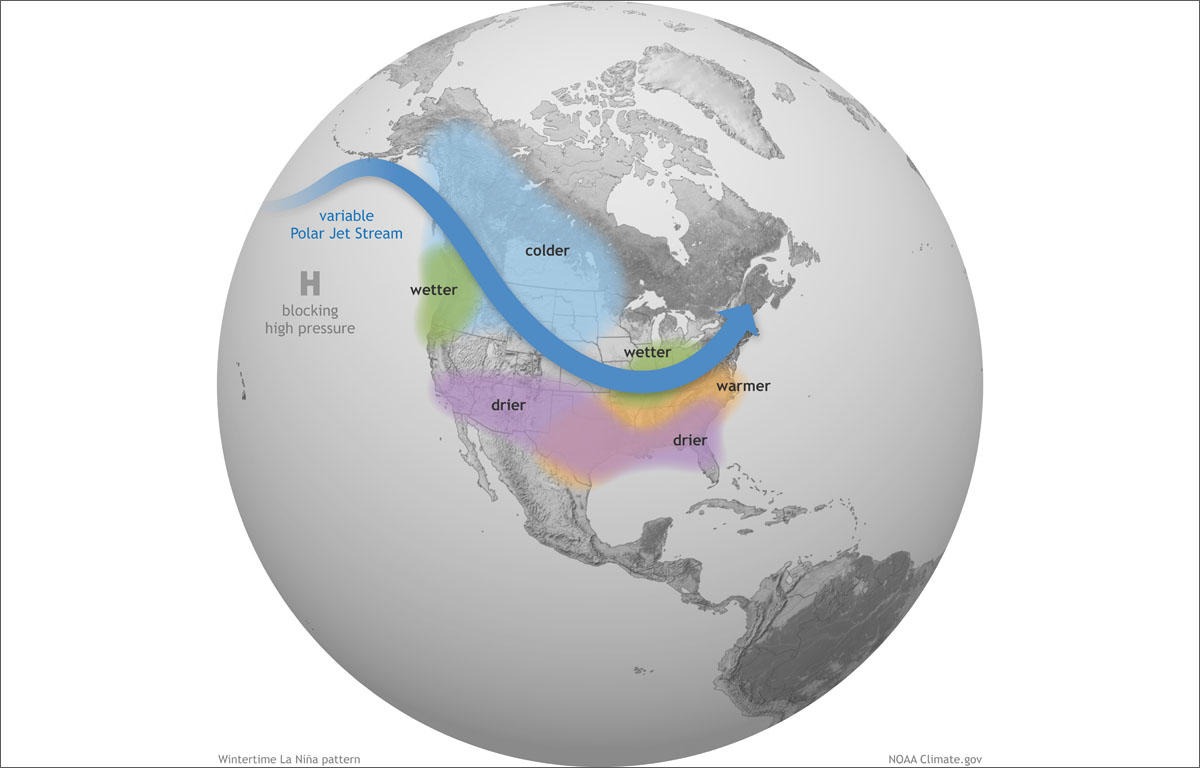
La Niña Exits Weather Stage As Spring Beckons
Listen
The National Oceanic and Atmospheric Administration declared Thursday that a weak and short-lived La Niña weather phenomenon is over.
La Niña and its opposite El Niño are tropical climate patterns that can strongly influence snowfall and temperatures in the Pacific Northwest. La Niña is characterized by unusually cold surface waters in the equatorial Pacific Ocean.
The domino effects this time around were mostly true to form — for example, with lowland snow — observed Kathie Dello, the deputy director of the Oregon Climate Service at Oregon State University.
“La Niña and El Niño tend to impact the winter. While we do have some left, most of that is behind us,” Dello said.
Under the “neutral” conditions present now in the tropical Pacific, “there’s not much we can say about the connection to what spring may look like,” she said.
For a hint of what lies in the near future, Dello turned to the one month and three month outlooks from the National Weather Service Climate Prediction Center. Those forecasts say the odds favor a warmer and wetter than average Februaryacross the Northwest and then a normal spring after that.
Copyright 2017 Northwest News Network
Related Stories:

Canadian leaders hope trade negotiations won’t derail Columbia River Treaty
A view of the Columbia River in British Columbia. The Columbia River Treaty is on “pause” while the Trump administration considers its policy options. However, recent comments by President Donald

Searching for sage grouse: Looking for a chicken-sized needle in south-central WA
Seth Hulett, Audubon Washington’s senior program manager of the Columbia Plateau, searches through his spotting scope for sage grouse. (Credit: Courtney Flatt / NWPB) Listen (Runtime 4:12) Read In south-central

Dozens in Yakima rally to support science for national protest
Around 50 people gathered for Yakima’s Stand Up for Science rally on Friday. People around the country attended science protests at the same time. (Credit: Courtney Flatt / NWPB) Listen
















